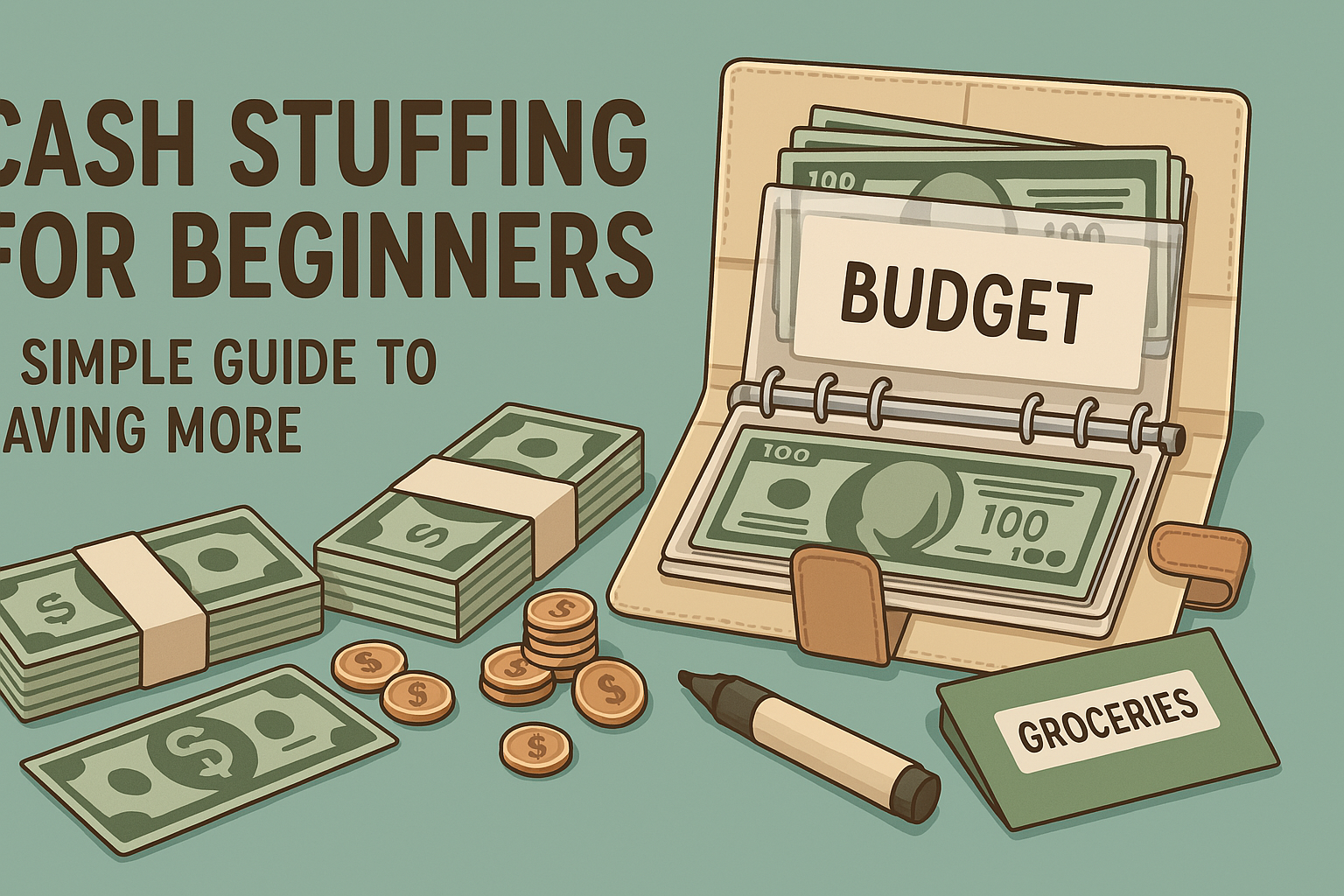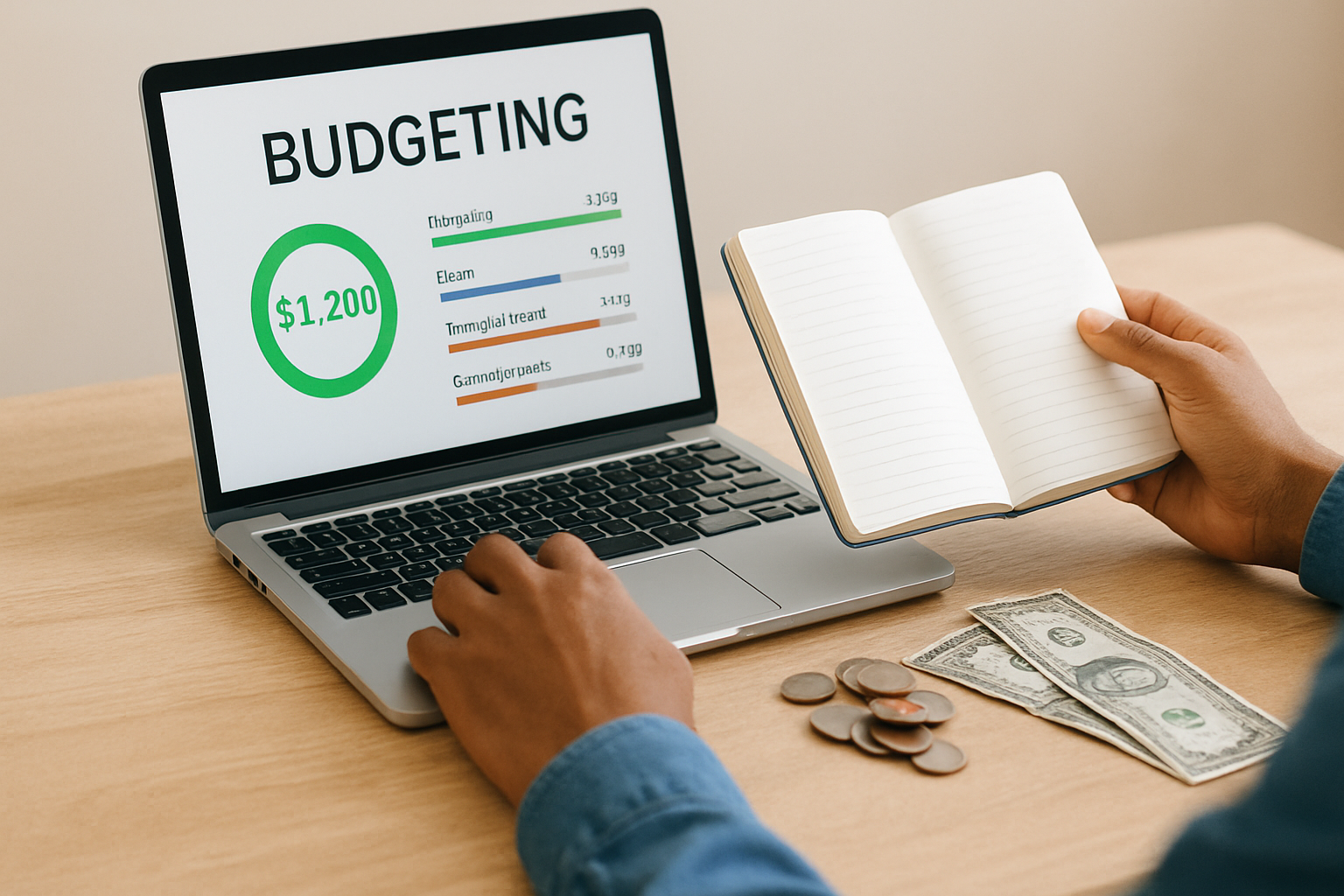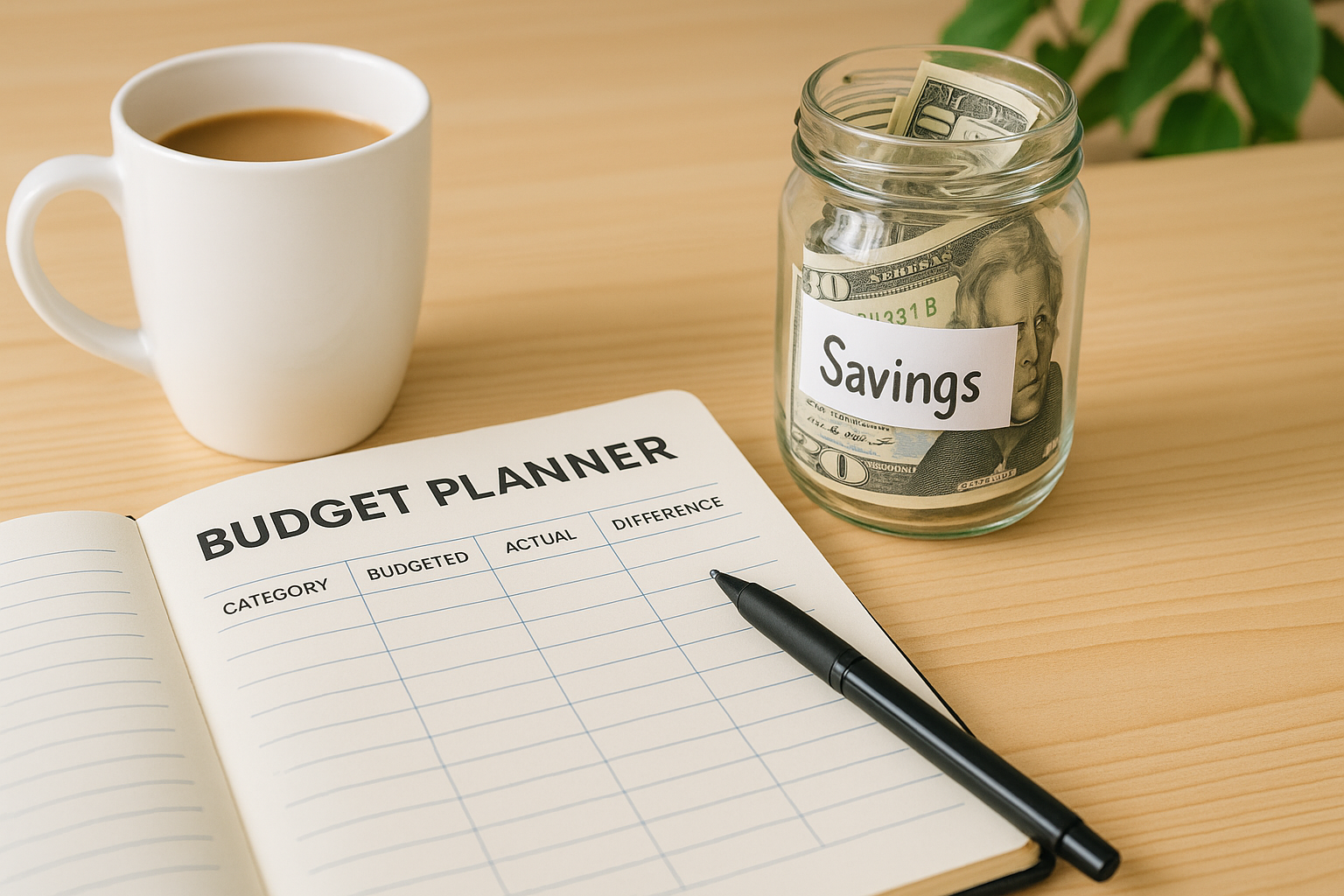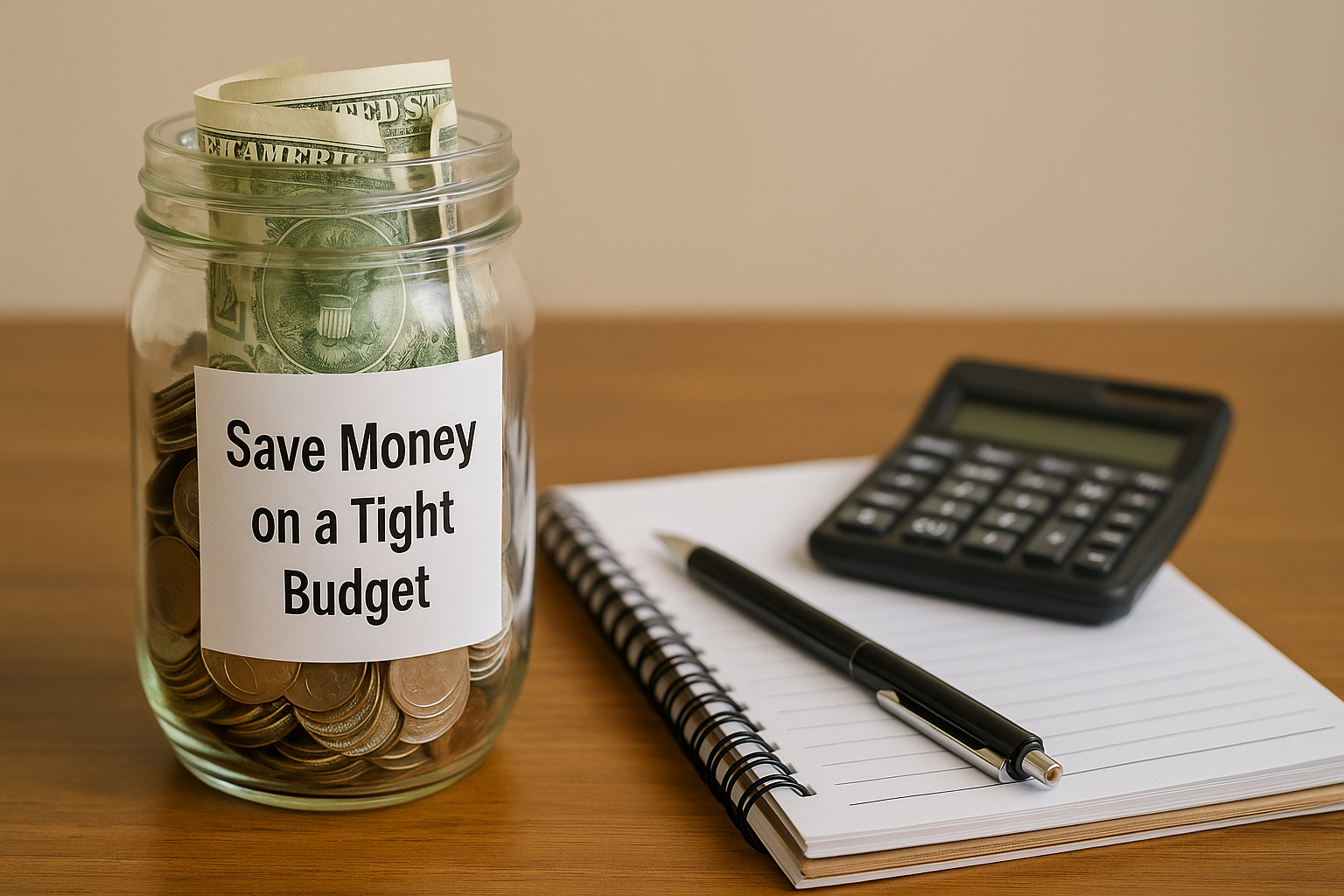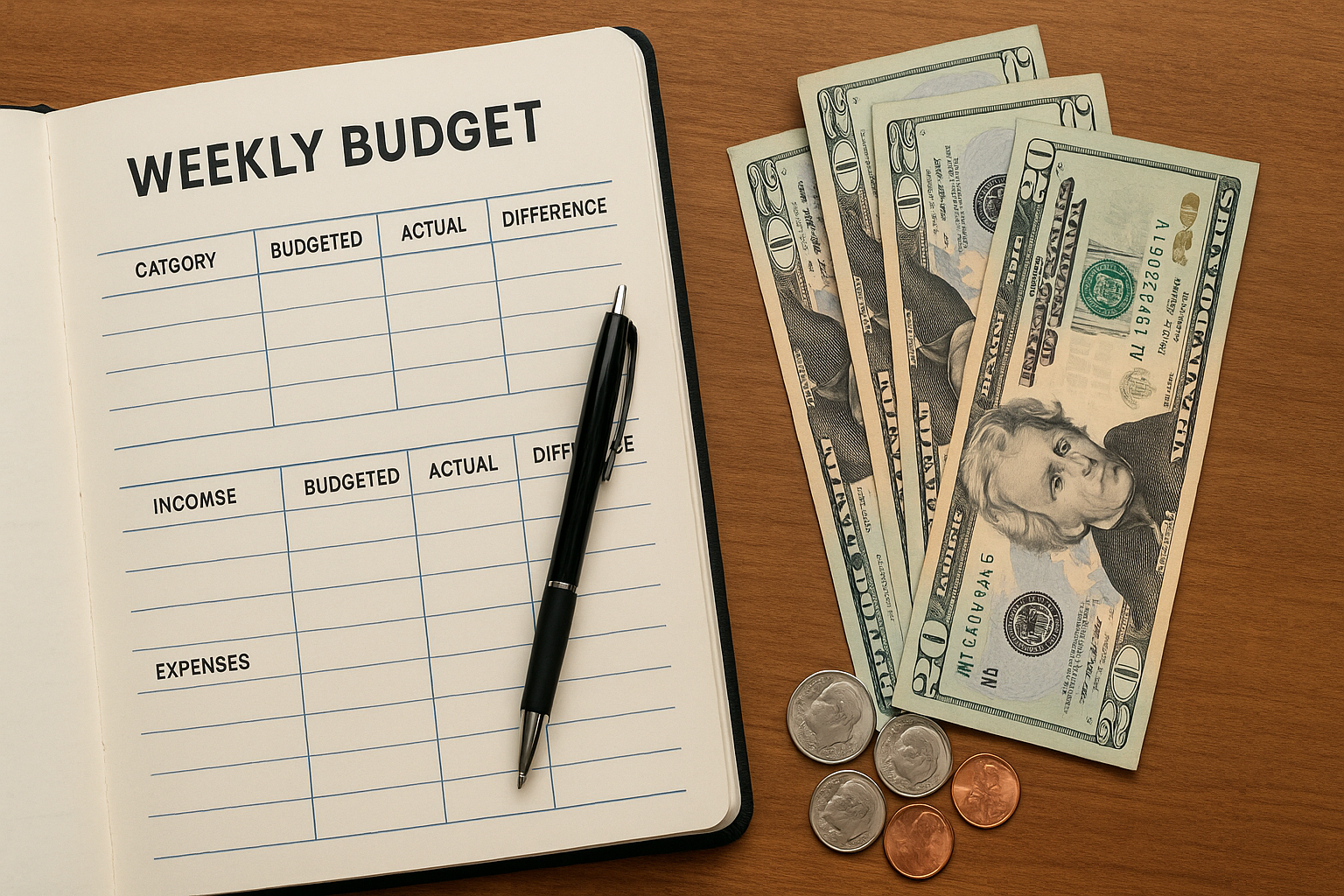In the age of digital wallets and tap-to-pay, the idea of using cash might sound outdated. But there’s a reason cash stuffing—also known as the cash envelope method—is making a major comeback, especially among people looking to save more and spend less.
This beginner-friendly budgeting method is simple, visual, and effective—perfect if you want to stop overspending and start stacking your savings.
Let’s break down what cash stuffing is, how it works, and how to get started—U.S. style.
What is Cash Stuffing?
Cash stuffing is a budgeting technique where you divide your cash into envelopes labeled by spending categories (like groceries, gas, or fun money). Once the cash is gone from an envelope—you stop spending in that category until your next pay period.
It’s a hands-on way to:
-
Track your spending
-
Stick to a budget
-
Avoid using credit or debit cards
-
Save money without overthinking it
Why Cash Stuffing Works (Especially in the U.S.)
In the U.S., it’s easy to overspend with cards, Apple Pay, and “Buy Now, Pay Later” offers everywhere. With cash stuffing:
-
You feel the money leave your hands—a psychological effect that reduces impulse buying.
-
There’s a physical limit to what you can spend in each category.
-
You’re in control, not your bank or app.
It’s simple, old-school, and super effective.
How to Start Cash Stuffing (Step-by-Step)
1. Know Your Monthly Income
Start by calculating your monthly take-home pay (after taxes). If you’re paid biweekly or weekly, add up your expected earnings.
2. List Your Expenses by Category
Break your spending into fixed and variable categories. Example:
Fixed Needs:
-
Rent
-
Utilities
-
Insurance
Variable Spending (Great for Cash Stuffing):
-
Groceries
-
Gas
-
Dining Out
-
Fun Money
-
Household Items
-
Personal Care
3. Choose Which Categories to “Stuff”
You don’t need to stuff everything—just the categories where you tend to overspend. Most beginners start with:
-
Groceries
-
Dining Out
-
Fun Money
-
Miscellaneous
4. Withdraw Your Cash
Once you know how much to allocate, head to the bank and withdraw your cash (rounded to the nearest $5 or $10).
Example:
-
Groceries: $300
-
Gas: $100
-
Dining Out: $60
-
Fun Money: $50
5. Label & Organize Your Envelopes
You can use:
-
Simple paper envelopes
-
A labeled accordion file
-
A cute cash-stuffing binder (check Amazon or Etsy!)
Label each envelope clearly. Bonus points if you color-code.
6. Stick to the System
Only spend what’s in the envelope. No borrowing from other envelopes (unless you really need to and track it). Once it’s empty, that category is closed for the month.
Tips for Success
-
Start small. You don’t need to stuff every category right away.
-
Track your spending. Write amounts on the envelopes as you go.
-
Use sinking funds. These are envelopes for future expenses (like holidays, car repairs, or back-to-school shopping).
-
Combine with digital tools. Some people use cash stuffing for variable expenses and apps like YNAB or EveryDollar for fixed bills.
Is Cash Stuffing Safe?
Carrying a lot of cash can feel risky. Here’s how to stay safe:
-
Only carry what you need for the day.
-
Keep the rest at home in a secure spot.
-
Use a zippered pouch or wallet for your envelopes on the go.
Final Thoughts
Cash stuffing is more than just a TikTok trend—it’s a time-tested strategy to take control of your spending and build healthy financial habits.
If you’ve struggled with budgeting apps or constantly swipe past your limits, this method offers a refreshing and effective reset.
Start simple. Be consistent. And remember—every dollar you stuff is a step closer to your goals.
